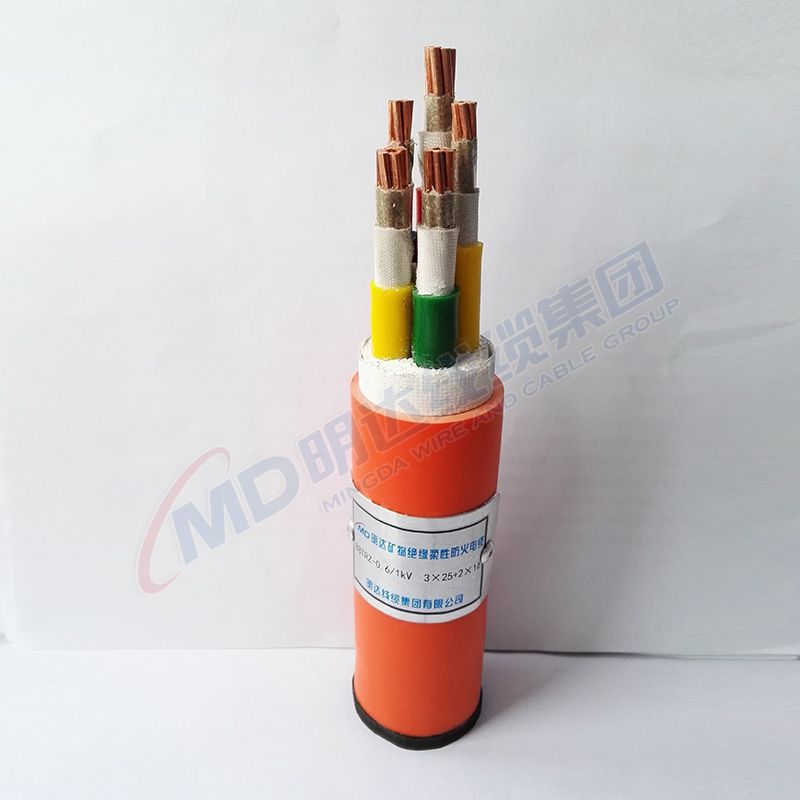ធ្នូ . 05, 2024 04:49 Back to list
Air Release Valve Functionality and Applications in Fluid Control Systems
Understanding the Air Release Valve Essential Insights for Aircraft Engineering
The air release valve is a pivotal component in the realm of aircraft engineering, particularly within pressurized systems. As we explore the intricacies of this crucial device, its functions, applications, and maintenance considerations will come to light, underscoring its importance in ensuring the safety and efficiency of modern aircraft, especially models like the Boeing 747.
What is an Air Release Valve?
An air release valve is designed to regulate the release of air or gas from pressurized systems. In aviation, these valves are typically utilized in various subsystems, including fuel systems, hydraulic systems, and pneumatic systems. The primary function of the air release valve is to prevent pressure buildup that could lead to system failure or inefficiency. By allowing controlled air release at predetermined pressures, these valves help maintain the integrity of the systems in which they operate.
Functionality and Design
The design of an air release valve can vary based on its specific application within an aircraft. Generally, they are engineered to withstand harsh environmental conditions, such as temperature extremes and high pressures. Common materials used in their construction include aluminum alloys and various corrosion-resistant coatings to ensure longevity and reliability.
The operational mechanism of an air release valve can be described as either manual or automatic. Manual valves require human intervention to operate, while automatic valves utilize sensors and control systems to manage air release without direct human action. For highly automated aircraft like the Boeing 747, the reliance on automatic air release valves is paramount to maintaining operational efficiency and safety.
Importance in Aircraft Systems
The integration of air release valves in critical aircraft systems cannot be overstated. In fuel systems, for example, they help manage vapor pressure, ensuring that fuel flows smoothly and efficiently to the engines. In hydraulic systems, maintaining a balanced pressure is vital for the proper functioning of control surfaces and landing gear. Moreover, in pneumatic systems, these valves ensure that the pressurized air used for various functionalities (like cabin pressurization and system power) is regulated effectively.
air release valve

Furthermore, in the context of environmental safety, proper functioning of air release valves contributes to the reduction of emissions. By managing the release of gas and air, these devices play a role in minimizing waste and optimizing fuel efficiency—a growing concern in modern aviation.
Maintenance and Inspection
Given their critical role, regular maintenance and inspection of air release valves are mandatory within established aviation maintenance protocols. Technicians typically perform visual inspections to check for any signs of wear, corrosion, or leaks. Testing the operational functionality of the valve is also essential. This may involve using simulators or pressure testing equipment to ensure that the valve operates within its designated pressure range.
Failure to maintain air release valves can result in catastrophic consequences, including system malfunctions or even loss of control of the aircraft. Therefore, adherence to maintenance schedules and regulatory guidelines, such as those set by the FAA or EASA, is non-negotiable.
The Future of Air Release Valves in Aviation
As aviation technology continues to evolve, so too will the design and functionality of air release valves. Emerging technologies, including smart sensors and integrated monitoring systems, are likely to enhance the performance and safety of these critical components. Expect developments aimed at improving efficiency and reducing weight, which will be crucial as aircraft design shifts toward more sustainable practices.
Conclusion
In conclusion, the air release valve is an unsung hero in the world of aviation engineering. While often overlooked, its role in ensuring the safety and efficiency of aircraft systems like the Boeing 747 is indispensable. As we move forward in an era of advanced aerospace technology, understanding and optimizing the functionality of air release valves will remain essential for maintaining the integrity of aircraft and ensuring the safety of air travel. As the industry continues to innovate, these valves will adapt, demonstrating resilience and relevance in the future of aviation.
Share
-
Reliable Wafer Type Butterfly Valves for Every IndustryNewsJul.25,2025
-
Reliable Flow Control Begins with the Right Ball Check ValveNewsJul.25,2025
-
Precision Flow Control Starts with Quality ValvesNewsJul.25,2025
-
Industrial Flow Control ReliabilityNewsJul.25,2025
-
Engineered for Efficiency Gate Valves That Power Industrial PerformanceNewsJul.25,2025
-
Empowering Infrastructure Through Quality ManufacturingNewsJul.25,2025